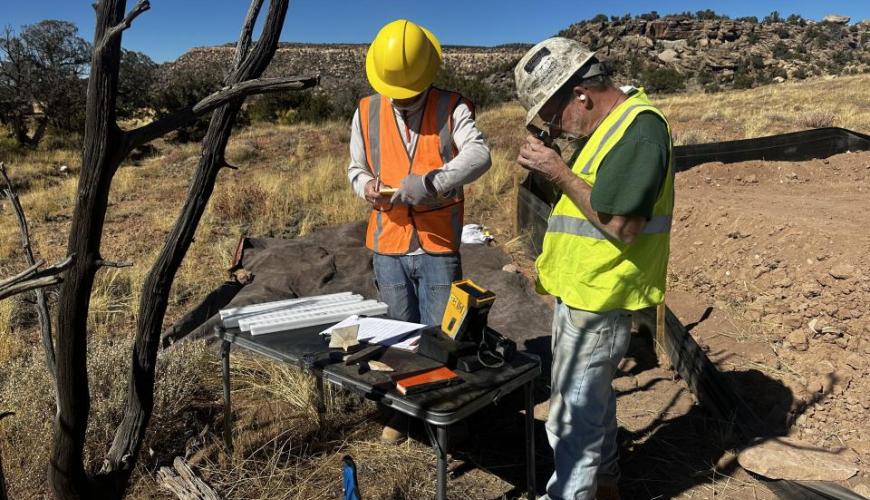As 22 Nations Pledge to Triple Nuclear Power by 2050, Uranium Supply Faces Pressure
- 29 January 2024 2:02 AM

This year, the demand for uranium has surged, according to industry insiders. This is due to an increasing interest in nuclear power as a cleaner energy source. The demand intensified when 22 nations, including the United States, pledged at the UN Climate Change conference to triple their nuclear power capacity by 2050. As Nicole Galloway Warland, managing director of Thor Energy, points out, "There’s no other way to meet those net-zero carbon goals other than nuclear energy."
However, this has fueled questions about whether the supply of uranium, the underlying fuel for nuclear power plants, can meet the demand. "Where is that uranium going to come from? There’s not enough to go around. There’s a supply deficit," Galloway Warland remarks.
Further amplifying the concern is Kazatomprom, the world's largest uranium miner, which issued a warning that it will probably miss its production targets in the next two years due to construction delays and lack of sulfuric acid needed for uranium production. The price of uranium has accordingly risen, reaching the peaks of 2007 levels at over $106 per pound, and stocks related to uranium have seen substantial gains.
The growing interest in nuclear power is driven by multiple factors, including changing attitudes towards its use due to concerns about climate change. Some high-profile figures, such as Tesla CEO Elon Musk, have publicized its potential. Moreover, as countries transition towards electric vehicles and harness artificial intelligence—which both demand clean electricity—nuclear power is increasingly viewed as a key solution.
Nevertheless, the uranium supply challenge is further complicated in the U.S due to its dependence on imports from Russia. The Biden administration seeks to reduce this dependency by sourcing more uranium domestically and from friendly states like Canada, the world's second-largest producer. "The US has extensive in-ground uranium resources and quite a bit of idled processing capacity. But we have let our industry and infrastructure atrophy over the past few decades," says Curtis Moore, senior vice president of marketing at Energy Fuels.
To bypass the supply deficit, more exploration and new mine development is critical, even though it can take five to 15 years to complete, including permits, according to Galloway Warland. The Inflation Reduction Act, passed last year, aims to handle this by offering tax credits to preserve existing nuclear plants and incentives for innovative reactors. Moreover, it allocated $700 million to develop a supply chain for high-assay low-enriched uranium (HALEU) in the U.S to reduce reliance on Russia.
While the demand-triggered price surge has investors wondering if they should exercise caution, Moore reassures that the price hikes are grounded in real-market fundamentals, not a bubble. Nonetheless, others in the industry, like Irina Tsukerman, the president of Scarab Rising, have a more cautious stance, expressing doubts about the practicality of the aspirations of the 22 nations.
Regardless of these differing perspectives, the drive towards nuclear energy remains intense, with an expectation of a "boom era" as 60 reactors are being built worldwide, and a hundred more are approved. The consistent high demand for uranium, therefore, is anticipated to continue until the supply catches up.
